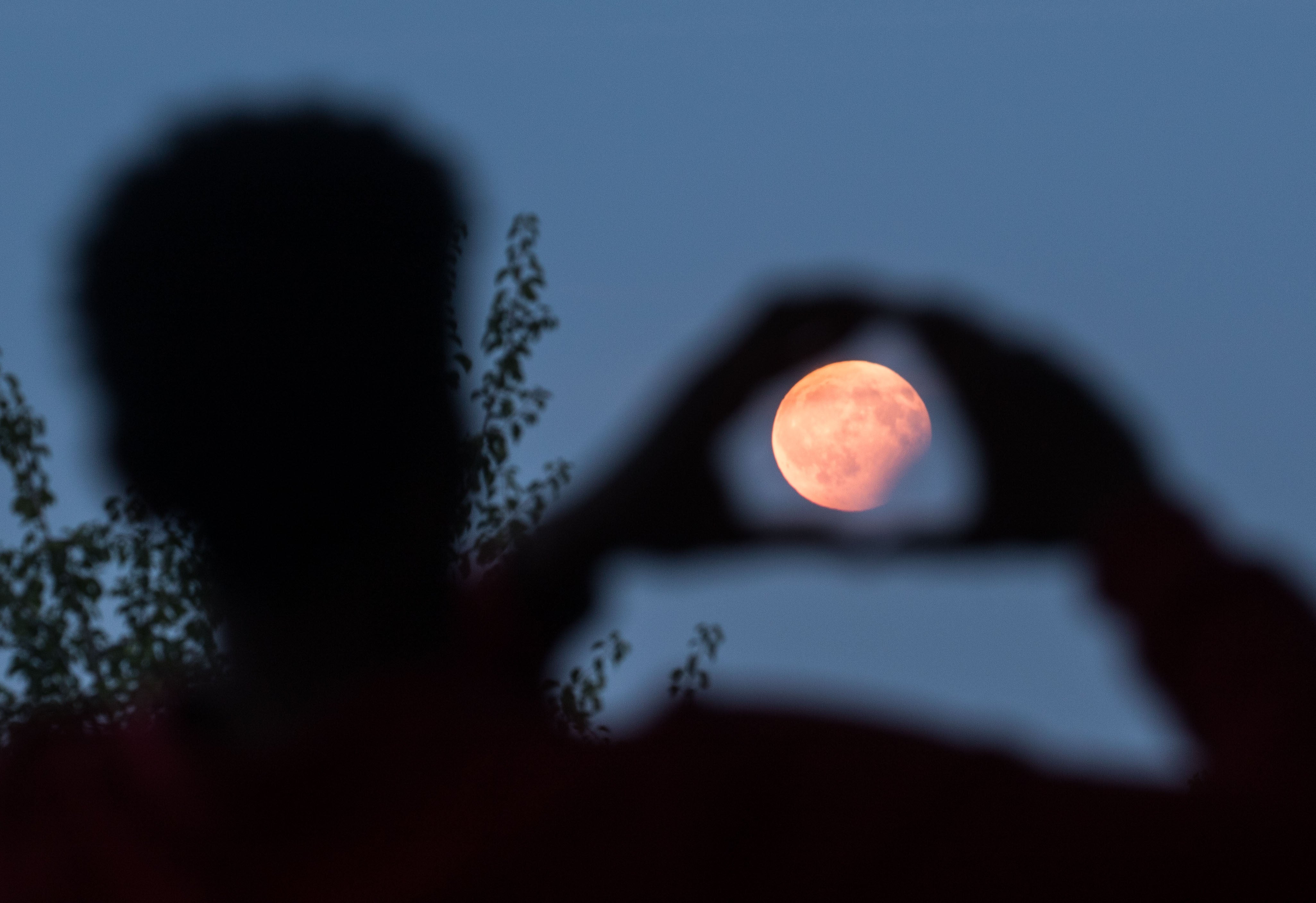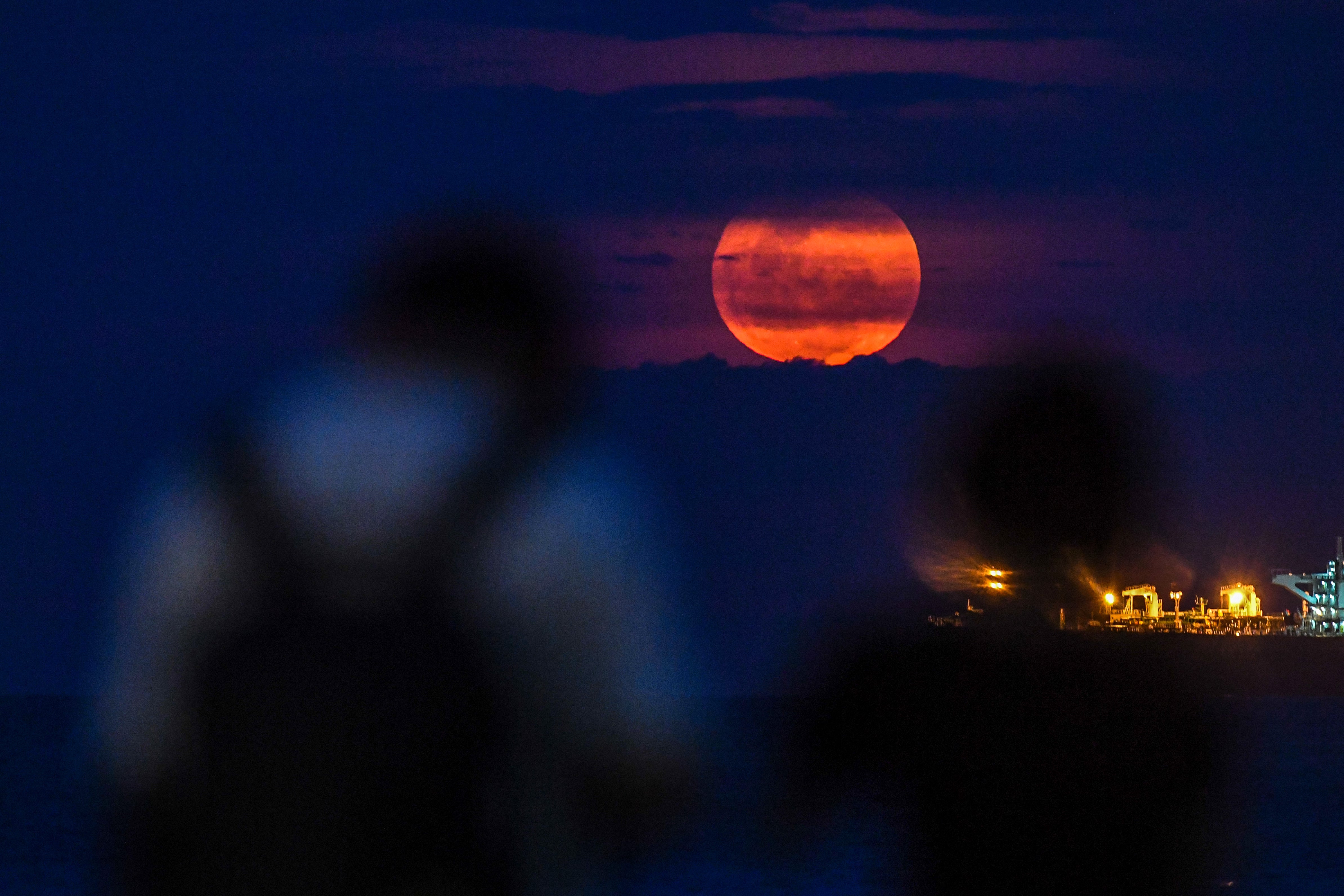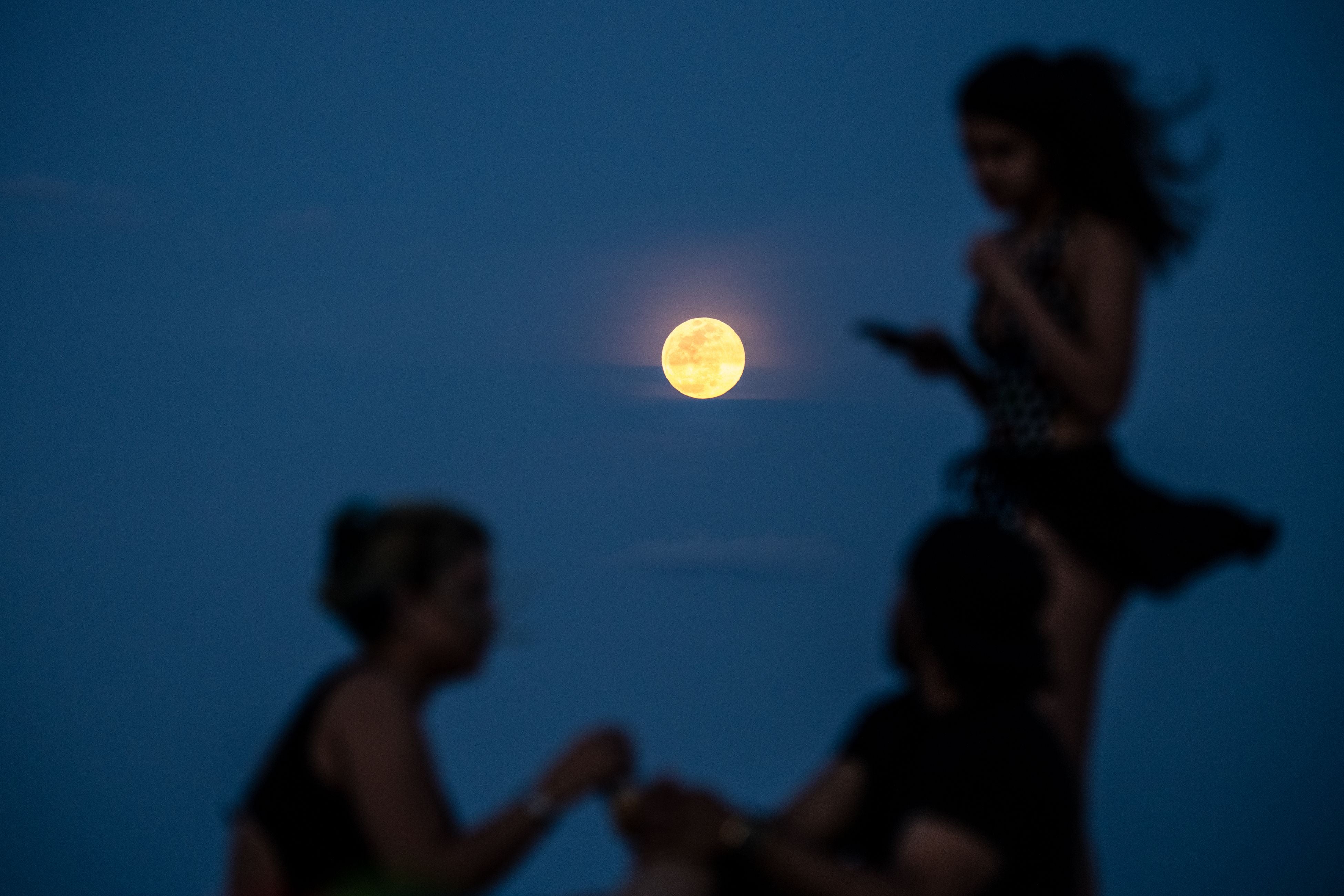A “pink moon” is on its way – and skywatchers in the U.S. should have a great chance to see the sight.
The fourth full moon of the year and the first full moon of spring, this April moon is also a micromoon. But what is a micromoon, and when can you see it? And more importantly, where do you need to be to see it this weekend?
Here’s what to know about the upcoming pink moon:
When can I see the pink moon?
The moon will reach its peak at 8:22 p.m. EDT Saturday, according to the Old Farmer’s Almanac.

Where is it?
Who can see this year’s pink moon depends on where they are, and what their weather forecast.
Right now, the South, the Southeast, and parts of the western U.S. will largely be unobstructed, according to Capital Weather Gang forecaster Ian Livingston. However, the Northeast and Mid-Atlantic will be rather cloudy, which will make it difficult for locals to see the moon.
What’s the best way to see it?
Like most out-of-this-world events, the best spot for viewing is in a clear and unobstructed area. Elevated locations are ideal, but all that people really need is their eyes and the sky. It’s also best to be in a place with as little light pollution as possible.
Stargazers should look just above the eastern horizon to see the moon at its peak.

What is a pink moon?
A pink moon doesn’t actually look pink.
It gets its name from the seasonal pink wildflowers known as creeping phlox, according to NASA. The plant is native to the eastern U.S. and is one of the earliest widespread flowers of spring.
Since the upcoming moon is the first of the spring, it is commonly referred to as a ‘pink’ moon.
What is a micromoon?
This pink moon is a micromoon. A micromoon will appear smaller and dimmer than usual, instead of brighter and fuller.
This moon occurs just before reaching apogee, when the moon is the farthest from Earth, the Old Farmer’s Almanac notes. When the full moon happens near this point, it is deemed a micromoon.
“It is the second and most distant such event of three consecutive events from March through May this year,” said Livingston.

Does it have any other names?
Yes! This moon has religious significance.
In Christianity, if April’s full moon occurs before the spring equinox, it’s known as the lenten moon. If it occurs after – such as this weekend’s – it’s known as the paschal moon.
Coinciding with the Jewish holiday of Passover, it is also known as pesach moon, and marks the Hindu Hanuman Jayanti festival.
“Other names for this moon include the sprouting grass moon, the egg moon, and among coastal tribes the fish moon, as this was when the shad swam upstream to spawn,” NASA said, citing the Maine Farmers’ Alamanc.

What if I miss it?
You can always wait a year to see the pink moon again. Other than that? May’s full moon, the flower moon, is slated for May 12. It is another micromoon, according to The Associated Press.









